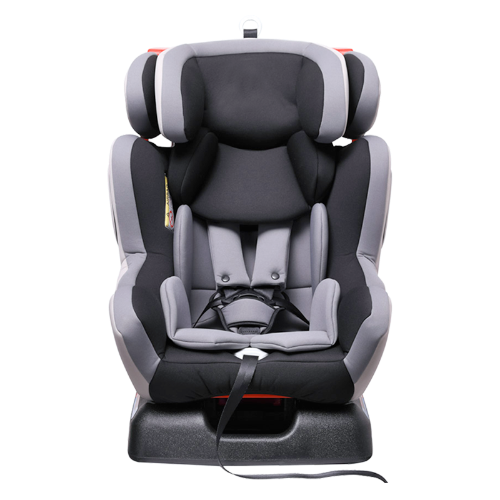Using a baby car seat is essential for the safety and well-being of infants and young children while traveling in vehicles. Here are some precautions to keep in mind when using a baby car seat and tips for maintaining it:
Precautions for Using a Baby Car Seat:
Appropriate Installation: Ensure that the car seat is installed correctly according to the manufacturer's instructions and the vehicle's manual. Improper installation can compromise the seat's effectiveness during a crash or sudden stop. If you're unsure about the installation, consider seeking professional help or having it checked by a certified car seat technician.
Age and Size Appropriateness: Select a car seat that is appropriate for your child's age, weight, and height. Make sure the seat meets the safety standards of your country or region. Follow the manufacturer's guidelines and recommendations for transitioning to different types of car seats as your child grows.
Proper Positioning: Position the car seat in the back seat of the vehicle, preferably in the center, away from active airbags. This reduces the risk of injury in the event of an accident. Ensure that the car seat is securely and tightly fastened using the seat belt or the LATCH system (Lower Anchors and Tethers for Children) if available in your vehicle.
Harness and Straps: Always secure your child in the car seat using the built-in harness and straps. The harness should be snug and adjusted according to the manufacturer's instructions, with the chest clip positioned at armpit level. Avoid bulky clothing or blankets that could interfere with the proper fit of the harness.
Regular Inspections: Regularly inspect the car seat for any signs of wear, damage, or recalls. Check the harness, buckles, and straps for proper functioning and cleanliness. If you notice any issues, contact the manufacturer for guidance or consider replacing the seat if necessary.
Maintenance Tips for Baby Car Seats:
Cleaning Guidelines: Follow the manufacturer's instructions for cleaning the car seat cover, padding, and straps. Some car seat covers may be machine washable, while others require hand washing or spot cleaning. Avoid using harsh chemicals or abrasive cleaners that may damage the materials.
Stain Prevention: To prevent stains and spills from setting in, consider using a removable, washable car seat protector or cover. This can help protect the car seat and make cleaning easier.
Storage: If you need to store the car seat temporarily, keep it in a dry and clean environment. Avoid exposing it to extreme temperatures, direct sunlight, or excessive humidity, as these conditions can affect the integrity of the seat.
Follow Expiration Dates: Car seats have an expiration date typically printed on a label or molded into the seat. It is essential to follow this expiration date as the materials and components can degrade over time, affecting the seat's safety performance. Replace the car seat before it expires.
Avoid Second-Hand Seats: While it may be tempting to use a second-hand car seat, it is generally recommended to avoid them unless you can verify the seat's history and confirm it has not been involved in any accidents. Older models may not meet current safety standards, and it is challenging to determine if a used seat has been properly maintained.


Product Features:
ECER44/04 approved (E4).
One seat for all groups. One set for 0~12years.
3 reclining positions for backrest adjustment.
Multi positions for headrest adjustment.
Independent headrest for infant.
Both rear-facing and forward-facing installation.

 English
English 中文简体
中文简体


















